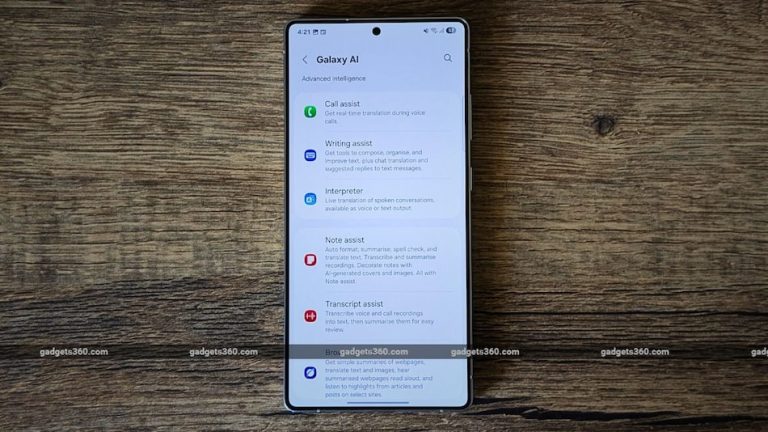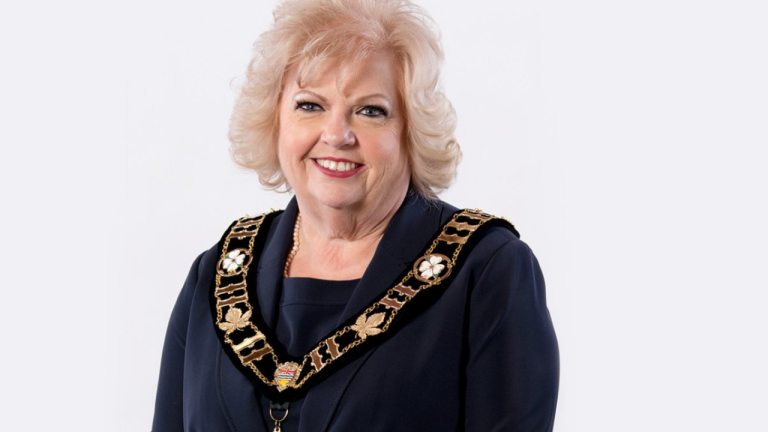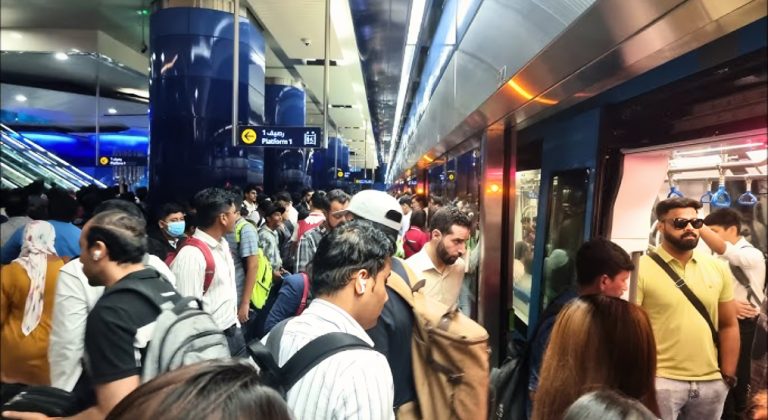The Rise of Digital Art

The 21st century has ushered in a new era in art, primarily driven by technological advances that allow for unprecedented forms of creativity. Digital art is no longer a niche market; it has become a significant player in the broader art world, with artists embracing digital mediums in ways previously unimaginable. Programs like Adobe Photoshop, Corel Painter, and Procreate have transformed traditional art forms into dynamic showcases of innovation, making artistic tools accessible to anyone with a computer or tablet.
Harnessing New Technologies
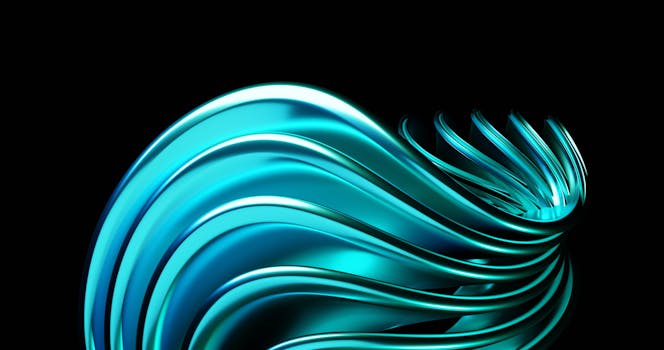
Recently, technologies such as 3D modeling, virtual reality, and augmented reality have gained prominence, pushing boundaries even further. Artists are able to create immersive environments that engage viewers in a multi-sensory experience. VR paintings allow users to explore spaces as if they were inside the artwork, while AR provides layers of interaction with artworks in real-world settings. These creative advancements challenge the traditional perceptions of art and redefined how art is experienced.
The Democratization of Art and its Accessibility
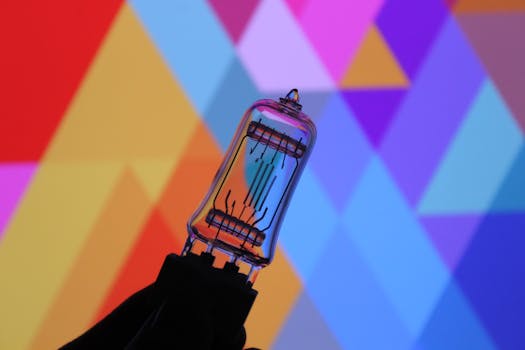
Technology also plays a crucial role in democratizing art. Platforms like Instagram, Behance, and Etsy have opened up new avenues for artists to showcase their work to global audiences without the barriers of traditional gatekeepers like galleries. Through social media, artists can share their creations instantly, receive real-time feedback, and even sell their work directly to consumers, making the art world more accessible than ever before.
The Integration of AI in Artistic Creation

Another significant trend in this digital art revolution is the integration of artificial intelligence (AI) into the creative process. Programs like DeepArt and Runway ML allow artists to collaborate with AI to create unique pieces of art, blending human intuition and machine learning capabilities. The hybrid of AI-generated graphics with human touch raises questions about the origins of creativity and the nature of artistic expression, challenging the very essence of what it means to be an artist.
Takeaways from the Digital Art Experience
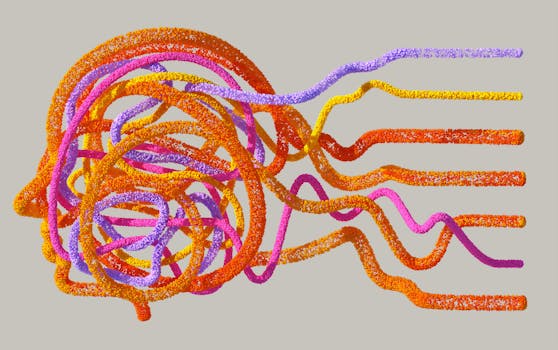
- Digital art breaks traditional barriers, allowing for instant collaboration and networking.
- The infusion of technology in art creation leads to innovative forms unavailable in traditional art.
- AI is redefining creative processes, challenging and expanding the notion of authorship in art.
- Art becomes more accessible with digital platforms connecting artists and audiences globally.
- The digital transformation in art inspires a new generation of creators to explore diverse forms of media.
